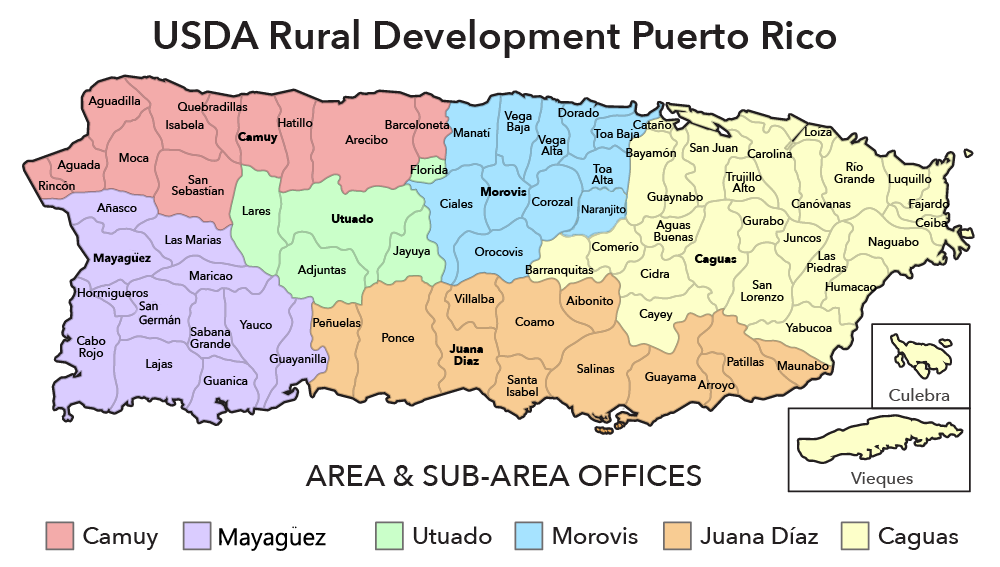Where in puerto rico: Landmarks Not to Miss When You Visit Old San Juan
Landmarks Not to Miss When You Visit Old San Juan
Take in sweeping views of the old city from atop Castillo San Cristóbal.
A visit to Viejo San Juan (Old San Juan) is like traveling back in time. Walk up and down the blue cobblestone streets of the oldest city in America for a look into the core of Puerto Rican history and culture.
The pastel-colored colonial architecture and military forts of Old San Juan blend harmoniously with the modern to create a truly unique and authentic Puerto Rican experience. Whether you’re a history lover, a cruise passenger visiting for the day, or someone looking for the ultimate selfie, here is a list of landmarks and iconic places that you should not miss while visiting this remarkable city.
Castillo San Felipe del Morro
Better known as El Morro, this impressive citadel is one of the largest fortifications built by the Spaniards in the Caribbean during the 16th century. Made up by six staggered levels that integrate barracks, dungeons, and storerooms, this fortress was designed to protect the city from attacks made by sea, and it still has some of the original cannons facing the ocean. In its history, El Morro was never defeated by the enemy.
In its history, El Morro was never defeated by the enemy.
Castillo San Cristóbal in Old San Juan.
Castillo San Cristóbal
Standing guard at the eastern gate, this fortress was built to guard the city from enemies approaching by land. Covering over 27 acres, this fortification is the largest one made by the Spaniards in the New World. This castle holds the famous Garita del Diablo, center to many military tales and stories in the Island.
Capilla del Cristo
Another landmark is the Capilla del Cristo. This small sanctuary was built at the top of the walls of the city, an unusual decision for colonial times. Legend has it that two men were racing their horses down the street and one of them fell over the cliff and survived. This inspired the construction of a sanctuary dedicated to the saints of health. Its altar is made of embossed silver and the room is decorated with two José Campeche paintings.
The historic Santa María Magdalena de Pazzis Cemetery in Old San Juan.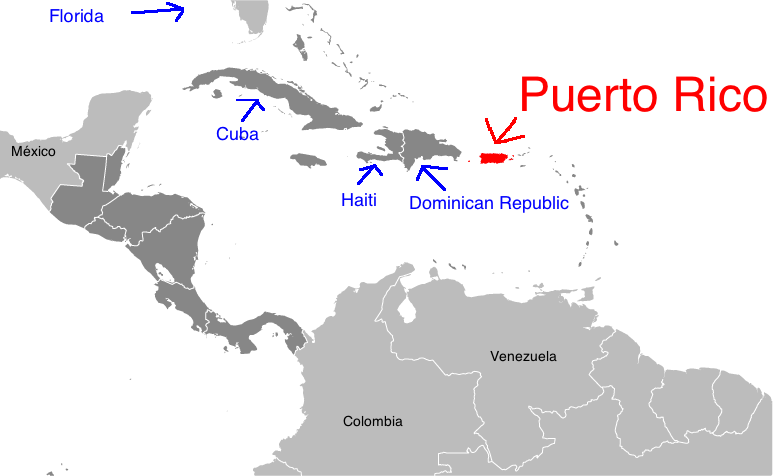
Santa María Magdalena de Pazzis Cemetery
This peculiar cemetery was established in the 19th century. The Spaniards built it outside the city walls because of their strong fear of the afterlife. Its oceanfront location derives from a superstitious belief that the deceased started a journey over to “the great beyond” and being close to the sea symbolized the beginning of eternity. This cemetery is the final resting place of Puerto Rico’s most prominent natives and residents.
Casa Blanca Museum in Old San Juan.
Casa Blanca
Turned into a museum, this is the oldest residence in Old San Juan. Casa Blanca was built to be the home of Puerto Rico’s first governor, Juan Ponce de León. Sadly, Ponce de León died before he could occupy it, but it was left for his descendants to reside in.
Cathedral Basilica of Saint John the Baptist, or La Catedral.
Catedral de San Juan
When compared to the rest of America, the structure of this church is a rare example of medieval architecture during Spanish ruling in the New World.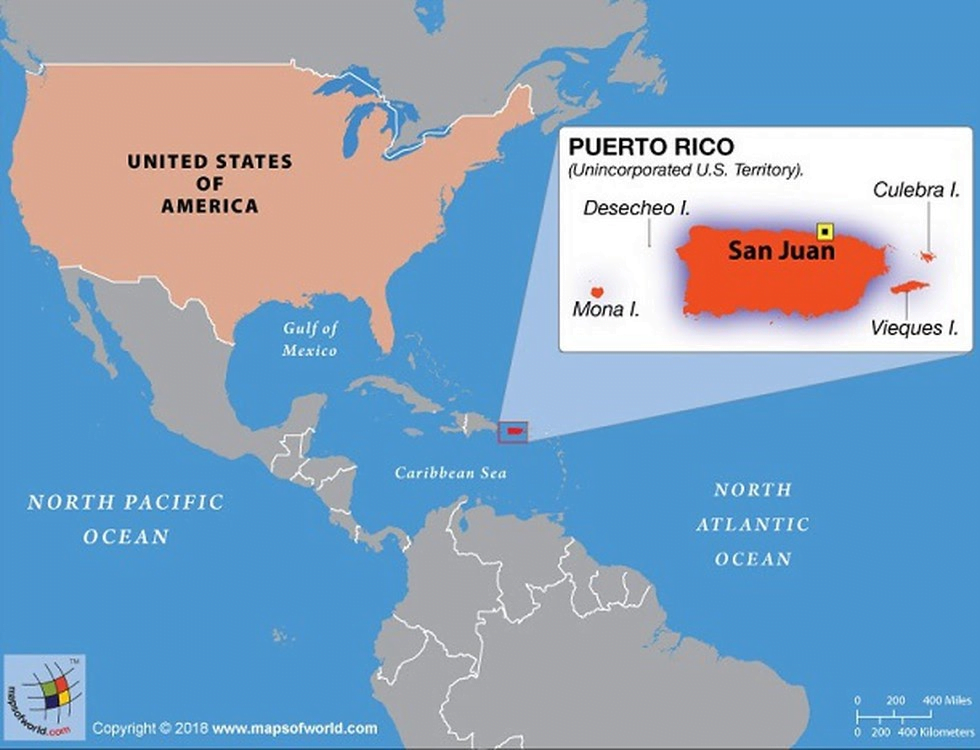 The Catedral de San Juan is the second oldest church in the Americas, after the one built in the Dominican Republic. It was there that the world’s first archdiocese was founded.
The Catedral de San Juan is the second oldest church in the Americas, after the one built in the Dominican Republic. It was there that the world’s first archdiocese was founded.
The beautiful Governor’s Mansion, aka La Fortaleza.
La Fortaleza
Officially named “El Palacio de Santa Catalina de Alejandría” (the Palace of St. Catherine of Alexandria), La Fortaleza is the oldest state residence of the New World still in use. Originally built between 1533 and 1540, La Fortaleza has served as a fortress, a prison, and an arsenal, and is now the official residence of the Governor of Puerto Rico. This executive palace conserves traditions such as candlelit-only dining rooms and original Spanish objects from the colonial era.
Calle Fortaleza (Fortaleza Street)
Extending eastward from the Governor’s Mansion is Calle Fortaleza, which is one of Old San Juan’s oldest and most photogenic streets. You may know it as “Umbrella Street” since it became famous for the multicolored umbrellas that were suspended above parts of the street.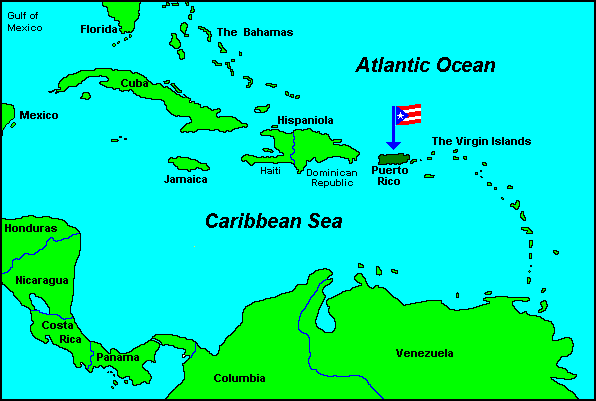 The original umbrellas have since been replaced with other decorative canopies – from butterflies to kites to an enormous Puerto Rican flag – so be sure to visit to get a picture in front of the latest installation! While you’re here, pop into some of the street’s many shops and restaurants, like Barrachina, which is known as one of the birthplaces of the piña colada.
The original umbrellas have since been replaced with other decorative canopies – from butterflies to kites to an enormous Puerto Rican flag – so be sure to visit to get a picture in front of the latest installation! While you’re here, pop into some of the street’s many shops and restaurants, like Barrachina, which is known as one of the birthplaces of the piña colada.
Teatro Tapia is the oldest free-standing theater in Puerto Rico, and is still in use today.
Teatro Tapia
Also known as the municipal coliseum, this architectural gem was built in 1832 and named after Alejandro Tapia y Rivera, the father of Puerto Rican literature. Teatro Tapia is the oldest permanent theater in Puerto Rico and among the oldest free-standing stages still in use under the U.S. flag.
View of the Puerta de San Juan, the original entrance to the walled city when it was built in the 16th century.
Puerta de Agua or Puerta de San Juan
The Puerta de San Juan is the most colorful and known of all the entrances to the walled city.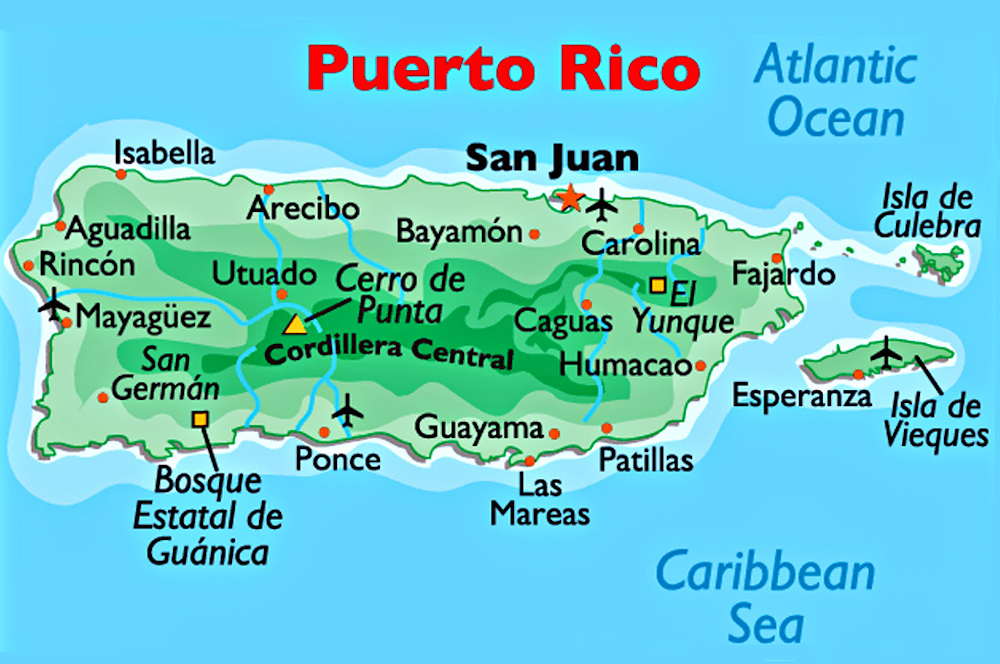 It was the main gate through which the priests and governors made their entrance to their investiture ceremonies.
It was the main gate through which the priests and governors made their entrance to their investiture ceremonies.
Iglesia San Francisco was one of the first churches to be built on the Island.
Iglesia San Francisco
The Iglesia San Francisco was one of the first sanctuaries to be erected in Puerto Rico. It is the best-preserved church on the Island and it still maintains the niches of people that were buried there back in the day.
More Old San Juan Landmarks Not to Miss:
Seminario Conciliar de San Ildefonso
The original building was completed in 1832 and it was commissioned by the first Puerto Rican Bishop, Fray Juan Alejo de Arizmendi. The seminar became a cornerstone in the development of public education in Puerto Rico, under the long teaching tradition of the Catholic Church. The Dome at the Chapel is a work of art worthy of a visit.
Department of Treasury Annex
Located in the main square Plaza de Armas, it served as the depository of the royal treasure on the Island. It was also the first headquarters of the provincial deputation that preceded the modern-days legislative branches.
It was also the first headquarters of the provincial deputation that preceded the modern-days legislative branches.
View Places Mentioned on a Map
Share this
Tags
History
San Juan/Old San Juan
Recommended Articles
See All Articles
Puerto Rico | NRDC
Massachussetts Institute of Technology volunteers set up solar cells on a roof during Hurricane Maria aftermath in Loiza, Puerto Rico, where rescue teams are working to repair basic infrastructure.
Lorenzo Moscia/Archivolatino/Redux
Puerto Rico is a mountainous archipelago rich in culture and biodiversity, with several species of endangered birds, vibrant coral reefs, and America’s only tropical rainforest. But the island has been grappling with an environmental and humanitarian crisis since Hurricane Maria devastated its already beleaguered water, energy, and health infrastructure in 2017.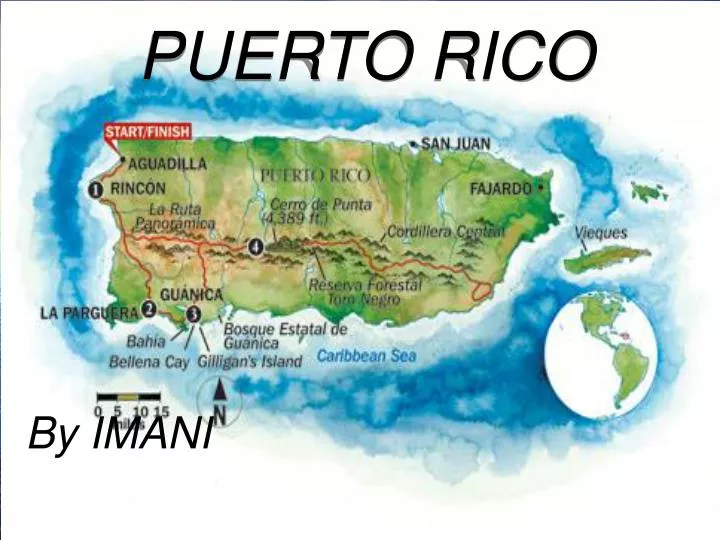 The three million–plus Puerto Ricans who live in this U.S. territory in the heart of the Caribbean are American citizens, but they can’t vote in U.S. congressional elections and have just one member of Congress—a nonvoting member at that.
The three million–plus Puerto Ricans who live in this U.S. territory in the heart of the Caribbean are American citizens, but they can’t vote in U.S. congressional elections and have just one member of Congress—a nonvoting member at that.
NRDC is working with local partners in Puerto Rico not only to ensure reliable access to power, clean water, and medical care but also to work toward a more sustainable and equitable future for all.
Some of our accomplishments:
- With local partners, NRDC is assessing drinking water quality and advocating for critical investment in water infrastructure. We educate lawmakers, agency staff, and the public on the urgent need for federal funds to upgrade damaged drinking water facilities and to remedy long-standing deficiencies in the island’s water systems.
- NRDC has partnered with Resilient Power Puerto Rico and Proyecto ENLACE to install a solar power and storage system for a community center in San Juan and is working to establish a similar system on the island of Vieques.

- We also advocate for greater investment in Puerto Rico’s energy future, with a focus on clean energy. As part of this work, NRDC will participate in the energy planning proceeding before the Puerto Rico Energy Bureau.
- To draw attention to the prevalence of waterborne disease and other environmental health issues after Hurricane Maria, NRDC also collects and publicizes health data.
- NRDC and La Borinqueña comics launched a partnership to educate audiences about the dangers of climate change and to show how Puerto Rico, an island on the frontlines of the climate crisis, can bounce back using clean energy. Focusing on Puerto Rico’s rebuilding efforts post Hurricane Maria, La Borinqueña, Guest Starring: Rosario Dawson, produced with support from NRDC, is the newest graphic novel in the La Borinqueña series and will launch on April 6.
View this post on Instagram
A post shared by rosariodawson (@rosariodawson)
Support Our Work
Join Us
When you sign up you’ll become a member of NRDC’s Activist Network.